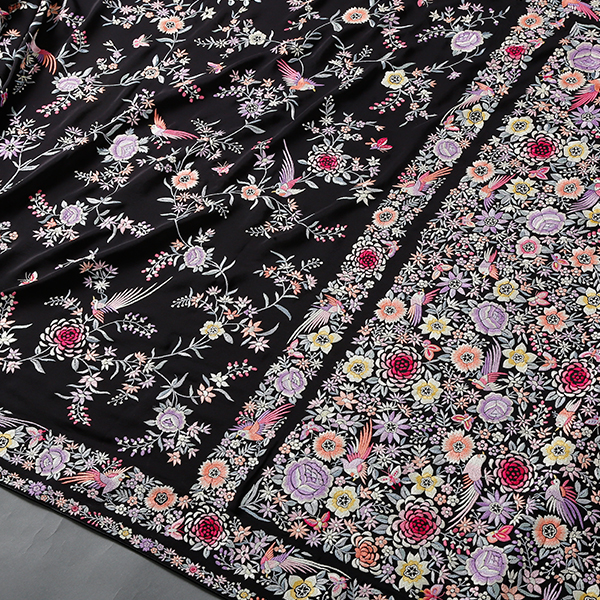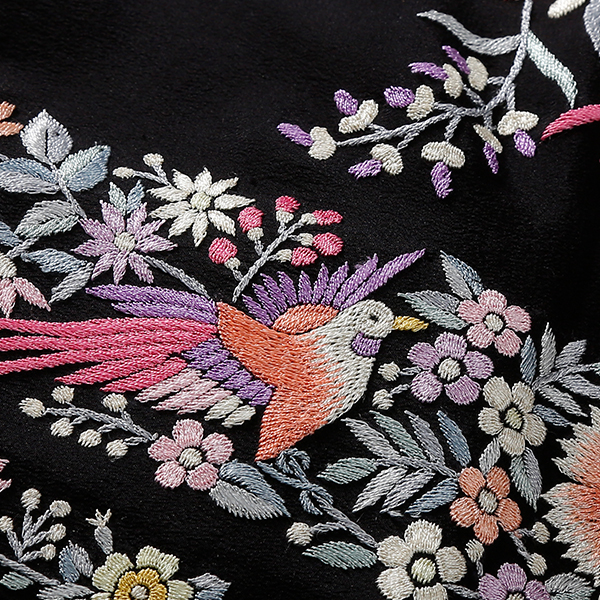
Map Loading...
Parsi Gara Embroidery
DELHI
Intricate motifs and vivid colour schemes carefully worked over the fabric to create a bouquet on textile define a signature Parsi Gara sari. Parsi Gara saris are known for their exquisite, intricate work. Parsi traders, who used to trade with China, introduced Gara in India. The traditional Chinese Garas had embroidered borders on all four sides and hence, were very heavy to wear. The popular colours were purple and violet. Gradually, craftsmen in Gujarat managed to duplicate the embroidery and regional technique called Surat Gara marked by net, to which French knots was introduced. Over time, colours like red, blue, and white became vogue in Garas.
In terms of the process, the design is drawn on the paper, followed by the formation of the sample color. The craftsmen study the designs and traces it on the sari. The making of Gara saris is an elaborate process, and it takes between two to eight months for the creation to emerge.
An interesting aspect of the design is that the craftsman who specializes in a particular motif continues to draw that motif itself, so that there is uniformity and specialization in his work. The popular motifs are trees, flowers, leaves, birds, figures, houses, and bridges. A Gara can be fully embroidered or have a border with embroidery scattered or just partially embroidered.
Material
Hand Embroidery
Technique
Georgette satin
Showcase




